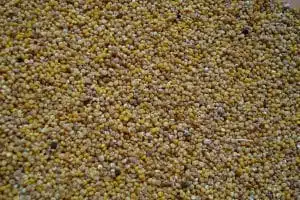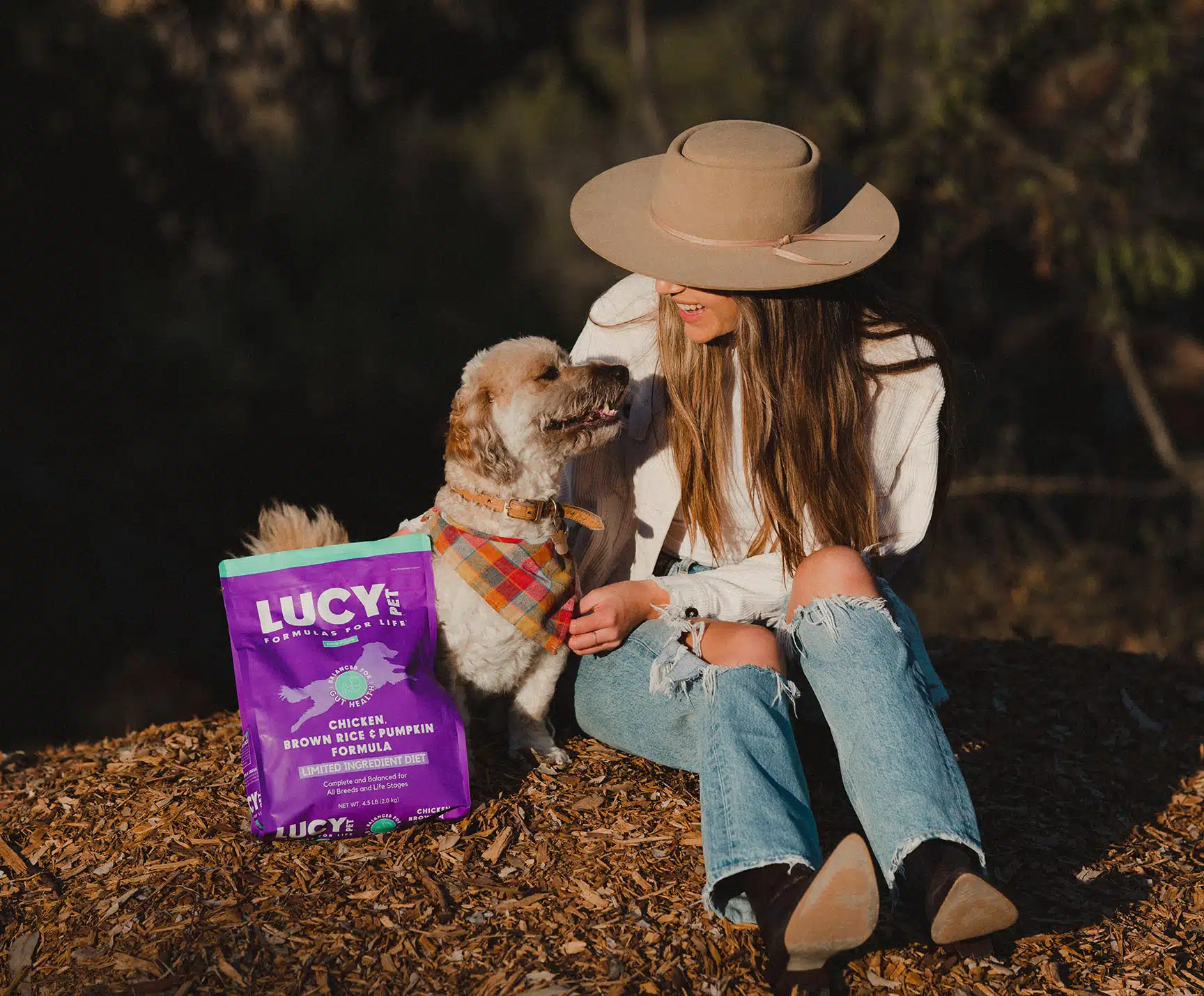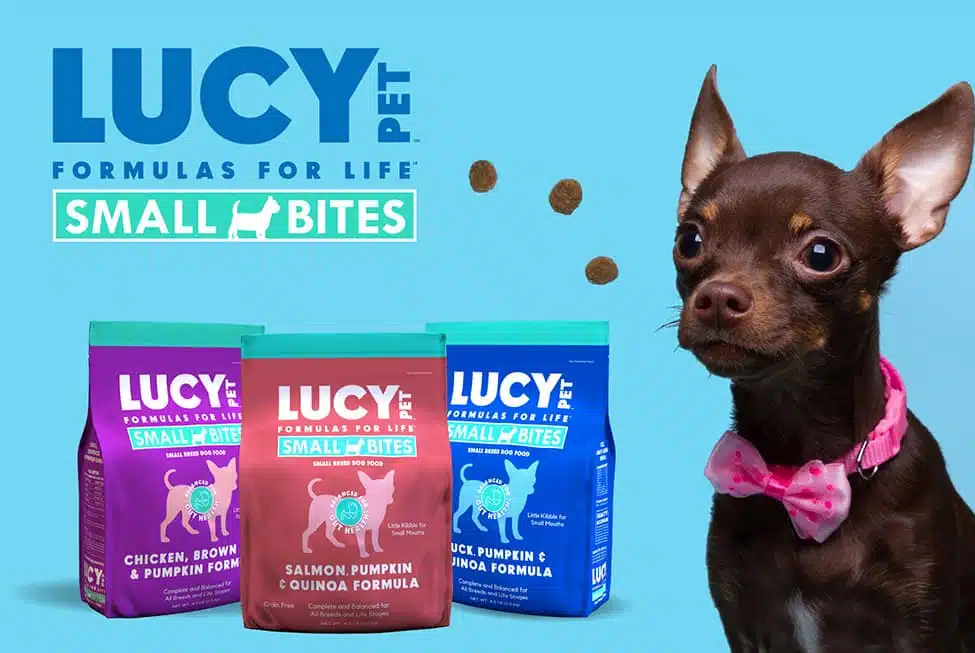
Every ingredient we use in our Lucy Pet Formulas for Life™ has been chosen for a specific reason. We first start with the nutritional needs of the animal in mind. We do not hyper-focus on any one ingredient or nutrient category just to follow a marketing trend. Instead, we look at how all the ingredients can contribute to the nutrient requirements for the optimal health of the cat or dog. Quinoa is an example of an ingredient we chose in some of our formulas that provide multiple nutrient benefits to the formula.
Quinoa (pronounced KEEN-wah) is a high quality, digestible seed from the quinoa plant which harvested in crops. Since it is drought-tolerant it is considered to be a sustainable crop. After harvesting, the quinoa seeds are rinsed in water to remove the saponin coating that is the plant’s natural defense against foraging birds while growing. When used to make pet food, this washed seed is simply blended and cooked along with the other ingredients.
Quinoa is not commonly used in pet foods because it is an expensive ingredient, and the mainstream “big companies” focus on more commonly used ingredients to control their costs. Lucy Pet’s nutrition team uses quinoa in several of our formulas because of its nutritional profile, and because we want to bring true innovation to the world of dog and cat nutrition.
You may have heard quinoa referred to as an “ancient grain”. It is ancient, but technically it is not a grain at all. It grows and is harvested like a grain, but officially it is a seed, and botanically speaking, it’s a relative of spinach and chard. The part of the quinoa plant we eat is the seed and is then cooked. So why is it called “ancient”?
Use of quinoa goes as far back 7,000 years, originating in the mountainous regions of South America. The Incas are believed to have started growing quinoa as far back as 4,000 years ago. Since they lived in the high altitude of mountains with very little rainfall, quinoa was an ideal choice because the seeds provided much-needed nutrients and energy to live through winters or long periods of drought.
In human food stores, quinoa has become popular because of its nutrition and health benefits. It contains a significant amount of protein, antioxidants, vitamins, and minerals when compared to other carbohydrate ingredients.
Our nutritionists like quinoa because of the protein, fat, carbohydrate, vitamin and mineral profile it offers, including many amino acids, making it a complete protein.
Quinoa is gluten-free, a great source of insoluble fiber, contains no trans-fats and is a source of the essential fatty acid linoleic acid. It is a great source of antioxidants such as flavonoids, quercetin, and kaempferol. Quinoa also contains B-vitamins such as riboflavin and folate and minerals such as magnesium and iron.
It has grown in popularity in natural grocery stores and health food stores. We studied the numerous writings which point out that quinoa contains many nutrients, including phenolic acids, cell wall polysaccharides and vitamin E family nutrients such as gamma-tocopherol. The next time you are in your local grocery store look for quinoa, it is also delicious added to a salad and can be a healthy choice.
For additional reading on the attributes of quinoa, see these links below*:
Quinoa’s Nutritional and Functional Properties- https://www.ncbi.nlm.nih.gov/pubmed/19878856
Protein, Minerals, and Fiber of Quinoa- https://www.ncbi.nlm.nih.gov/pubmed/19519750
Quinoa and its Antioxidants-http://www.sciencedirect.com/science/article/pii/S0308814609009212
Lipid Effects from Quinoa- https://www.ncbi.nlm.nih.gov/pubmed/15309439
Quinoa: The Gluten-Free Super Food- http://www.webmd.com/food-recipes/features/quinoa-the-gluten-free-super-food#1
10 Quinoa Nutrition Facts & Benefits- https://draxe.com/10-quinoa-nutrition-facts-benefits/
7 Benefits of Quinoa- https://www.forbes.com/sites/juliewilcox/2012/06/26/7-benefits-of-quinoa-the-supergrain-of-the-future/ – 110774be5a1b
Quinoa: Health Benefits & Nutrition Facts- http://www.livescience.com/50400-quinoa-nutrition-facts.html






